Hosta fortune "Patriot": description, landing and care

Green hosta has earned a reputation as one of the most resilient crops, able to grow even where other flowers and shrubs are unable to survive. Therefore, it is suitable for almost any garden. In the article, we will take a closer look at the Patriot variety forchun, its description, planting and care features.
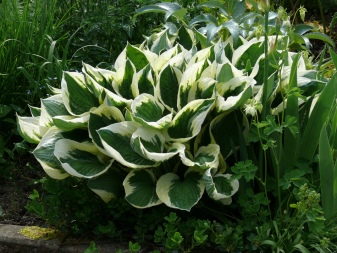

Peculiarities
The host began to be used to decorate the garden in the 18th century. In the old days it was called funkia or plantain lily. Its natural habitat is countries such as Asia, Japan and the Far East. It got its name in honor of the famous Austrian botanist Nikolaus Host.
Today there are many types of hosts. Almost all of them have beautiful leaves with different shapes and lengths.
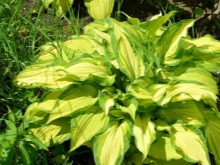
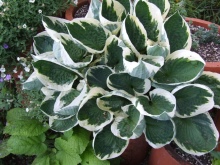
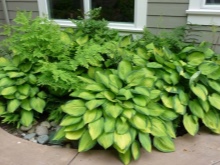
The most beautiful of all is considered to be the host fortune "Patriot". It is a hybrid plant native to Japan. The description of the flower makes it clear that it can decorate any personal plot. The bush grows in height up to 45 centimeters, and in width - up to 65 centimeters. The leaves of the variety are heart-shaped and lilac with a bluish or olive tint. In addition, they have a wax coating.
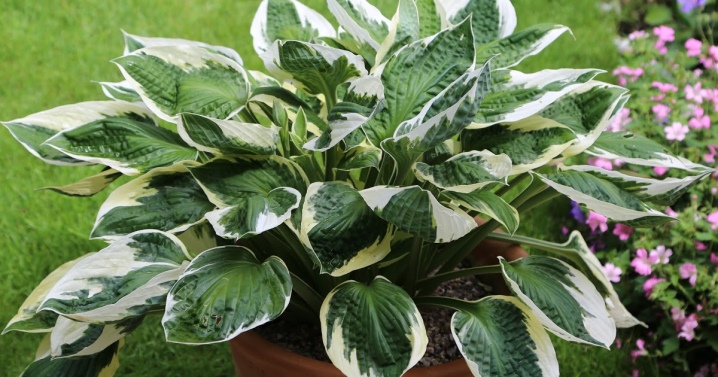
How to plant?
Many gardeners, having learned about such a plant, want to plant it in their area. However, not everyone knows how to do it right.
First of all, you need to choose a place that is most suitable for landing. This should be taken seriously, because it is advisable not to transplant the plant.
It is best to plant the host in the shade. The structure of the ground during landing does not really matter. However, sandy or loamy soils should be avoided.
Hosta can be planted in early spring and early autumn. In the first case, planting should be done immediately after frost.
If planting takes place in the fall, then you need to make sure that the plant has time to take root before the first severe cold weather.

Before planting, the soil must be dug up, adding humus, and only then can you start digging a hole. Its size depends entirely on how large the seedling itself is. It should be large enough to accommodate the roots.
At the very bottom, it is necessary to lay a drainage layer. Broken brick or small gravel will do. After that, you need to mix sand, peat and a little humus. All this is poured into the pit. Then you can start disembarking. The roots must be well spread and covered with earth. After that, the plant must be watered and covered with a layer of mulch on top. You can use dry leaves, spruce needles, and ordinary sawdust for this. In addition, in this case, mulch will not only help the plant retain moisture, but also protect against slugs or snails.
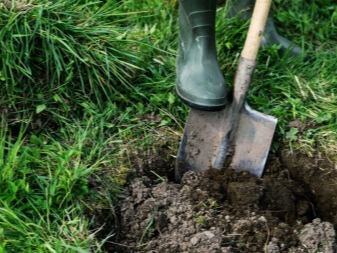


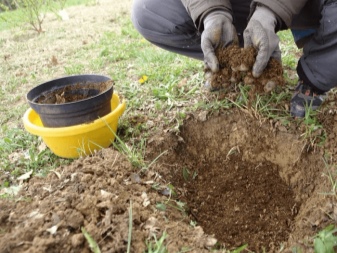
How to take care of it properly?
Hosta is not a very picky plant, so caring for it is not difficult. First of all, you need to provide it with the right amount of moisture. Watering should be uniform and timely. However, you should not be too zealous in this, otherwise the roots of the hosts may rot.
The plant also needs regular fertilization. Top dressing should be applied throughout all warm months. The first time the culture is fed in early spring, when the hosta is just beginning to grow. The second feeding is carried out during the flowering of the hosta, and the third is when the season ends.
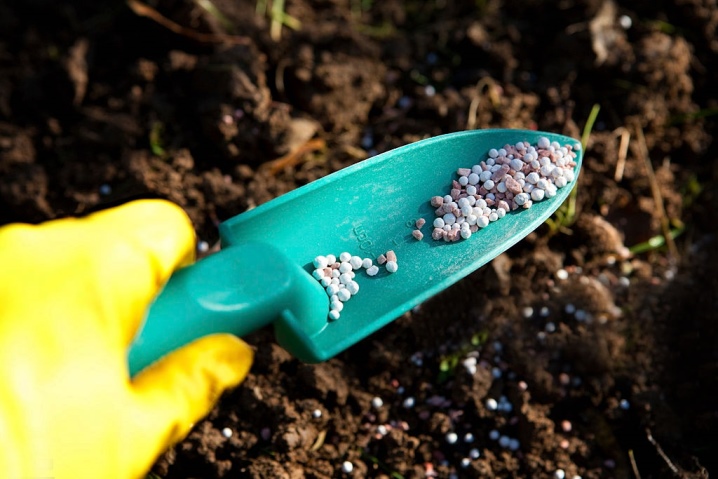
You can use organic or mineral fertilizers. All dosages of mineral supplements are indicated on the package. It is imperative to loosen the ground around the bushes.However, this must be done very carefully, because the roots are located close to the surface of the earth. If it is not possible to do this often, then you can use mulch. In this case, there will be enough moisture, and the weeds next to the bush will not grow.


Like many other plants, the host needs to be prepared for winter in time. You can not worry about this only in those regions where winters are very warm. In all other places, you need to think in advance about the shelter for your favorite plant. You can use spruce branches, dry leaves. But it is not worth choosing polyethylene or roofing material for shelter, since pests can settle under them.
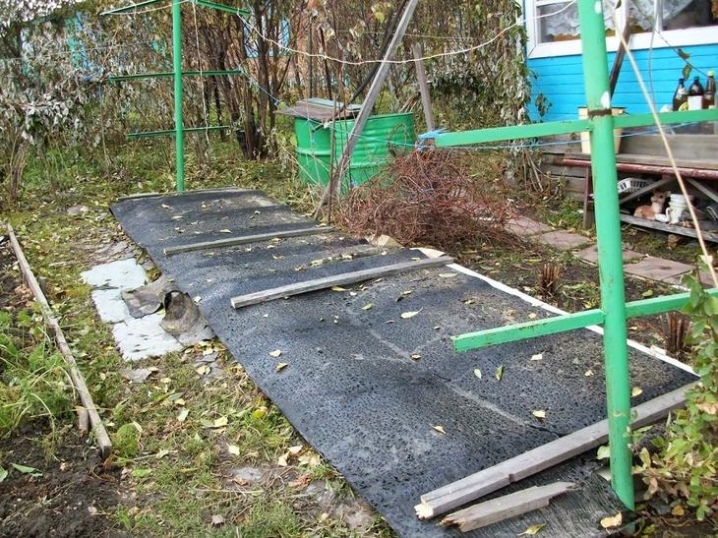
Reproduction methods
There are several different ways this plant propagates.
Dividing the bush
If you use this option, you must be prepared for the fact that the plant may grow poorly for several years. This procedure can be carried out both in spring and at the end of September.
First, you need to dig out the bush, then clean the roots from the ground and rinse under running water. After that, you need to dry it a little.
You can divide the roots with a sharp knife or a pitchfork. Next, the delenki are planted in pits prepared in advance. In order for them to take root faster, you need to cut off half of the leaves.
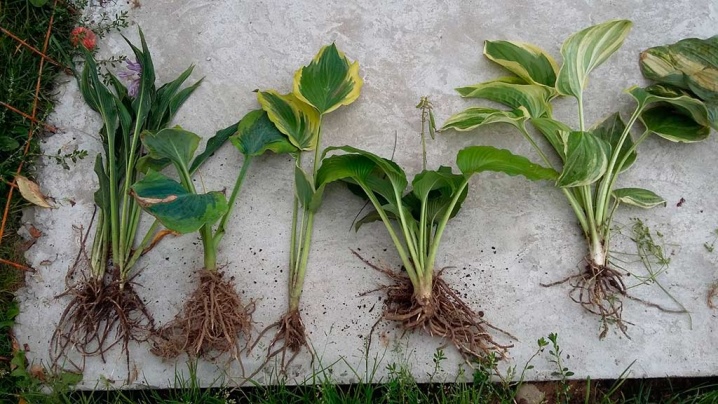
Seeds
This is the longest and most laborious process. Many gardeners are also repelled by the fact that, as a rule, only 75% of all seeds germinate. They need to be planted in late April or early May. First of all, the drainage layer is filled up, then the substrate. After that, the ground must be watered, and the seeds must be spread on top. Next, they must be sprinkled with a layer of earth of 0.5 centimeters. From above, the container must be covered with glass, then put it in a warm place. The first shoots should appear in 14 days.
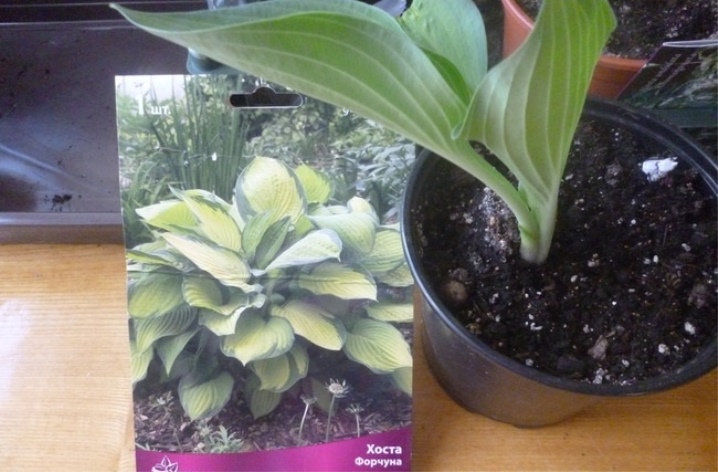
Cuttings
This option is the most common and effective. Most often it is used in industrial production. The stalk is separated from the adult plant along with the root. You can plant them in open ground immediately. They also take root quickly.
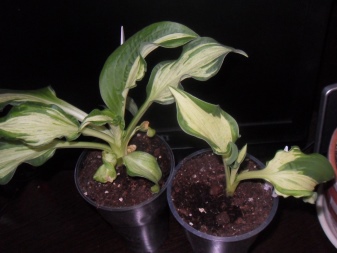

Diseases and pests
Hosta fortune "Patriot" is such a plant that it almost never gets sick. However, the likelihood of being affected by some diseases still exists. For example, if the plant is watered too often, it can be affected by gray rot... In addition, infection with a disease such as sclerotinia is possible. In this case, the root system of the hosts is sick. All diseases are best dealt with by using fungicides.
The main enemy of this plant is slugs. If there are holes on the leaves of the hosts, then these pests are to blame for their appearance. You can get rid of them using chemicals. But there is also a folk method. It is enough to put any container with beer near the bush, and in the morning to collect the pests that get into it.

Nematodes are no less dangerous. Their appearance is signaled by yellow spots on the leaves. Getting rid of them is quite difficult. After all, these worms leave many eggs and multiply quickly.
You can try to treat the host with special drugs, but most often this does not help. Therefore, it will be better to dig up the affected bush so as not to infect all the plants in the flower bed. In addition, the place where he grew up must be treated with chemicals.
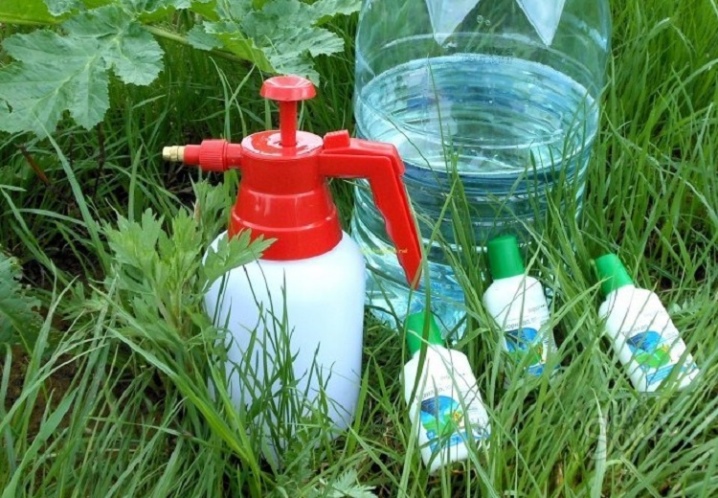
Caterpillars are also a danger to the flower. They can destroy the plant overnight. Therefore, immediately after their detection, it is necessary to treat the bush with insecticides.

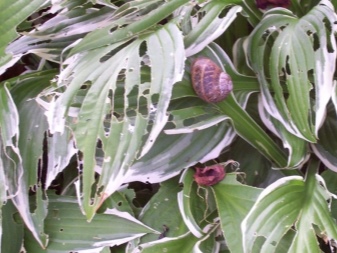
Summing up, we can say that the host of the fortune "Patriot" will be able to decorate any personal plot. The main thing is to choose the right place for planting it, as well as provide the plant with proper care. In this case, she will be able to delight everyone around her with her beauty for several years in a row.
See below for an overview of the different host varieties.







































































































The comment was sent successfully.